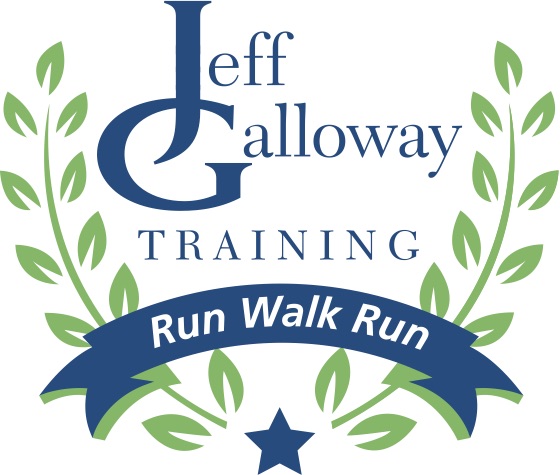When I qualified for the Munich Olympics, it was my first international competitive experience and I had high expectations. The excitement and the variety of experiences expanded my world and changed the way I looked at my sport.
When I arrived in Olympic Village I took every opportunity possible to learn from those who ran faster than I. Almost all of them were open to talking about how they trained. But after 10 interviews, I had 10 different programs. I concluded that while there are many training schedules that will produce the same level of fitness, some result in more injuries than others. Some athletes succeed in spite of their training – they did a great job of choosing their parents.
The Olympian’s dilemma is to maintain this performance peak without getting injured: a very tricky mission. Most tend to stay with the program that they have been using. Even without increasing intensity, many athletes will improve performance because of extra rest and the stimulation of competition. It is unlikely that a distance athlete can improve conditioning between the Trials and the Olympics. Sadly, there is a high injury risk when increasing training intensity before a big competition.
The higher the level of performance, the greater the pressure. Most Olympians I spoke with had a projected performance level. Some expected a specific time goal. Others mentally projected themselves competing with certain athletes in the race and beating them. I imagined myself moving up through the race, as I had done in the Olympic trials. I staged my workouts so that the pace would increase throughout the session. I always stopped the workout before I was totally exhausted.
Even if I didn’t feel good at the start of a workout, I stuck it out. Some days I had to lower the intensity because I didn’t have it. Since it is common to not feel great at the beginning of a workout, I felt that it was important to try to work through this on the “down” days – to prepare for “down” feelings on race day. In most cases I ran just as well when I didn’t feel good at the beginning.
Most athletes try to follow the eating plan that they have used before. In another country this may be difficult. Many of the meals in Olympic Village had foods that I was used to eating. On other occasions, I tried new foods. This did not bother me, but several of my friends, including Steve Prefontaine, complained constantly about the food. Having seen many athletes break records on diets that would make dieticians cringe, I don’t believe that diet made much of a difference during the month before and during the games. I would have a breakfast of granola, yogurt, fruit, whole grain bread and sometimes eggs. Lunch would usually include a sandwich with vegetables. For dinner I chose chicken or fish with vegetables and whole grain bread. I usually had snacks at mid morning and mid afternoon: fruit, energy bars, or whole grain bread.
During the 2 weeks leading up to the Olympics, I ran harder, every other day. On the easier day, I just jogged. Each day I ran 5 miles in the morning. The faster afternoons would be spent at the track. The first few repetitions would be at race pace. Inspired by the other athletes, I often found myself running too fast at the end. I believed that my exuberance during the last 3 workouts inspired me to exceed my speed limit. On the easy days I would run about 5-7 miles on the afternoon workout, through a park. My total mileage was down about 50% from pre trials training levels.
Jeff Galloway
US Olympian
Director, breastcancermarathon.com (2-15-09)
Sign up for Jeff’s free newsletter: www.jeffgalloway.com
E-coaching to your goal
